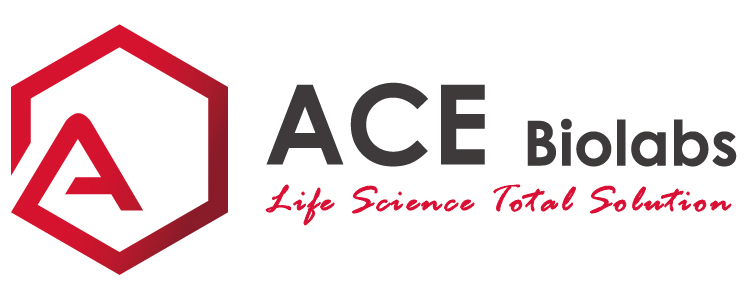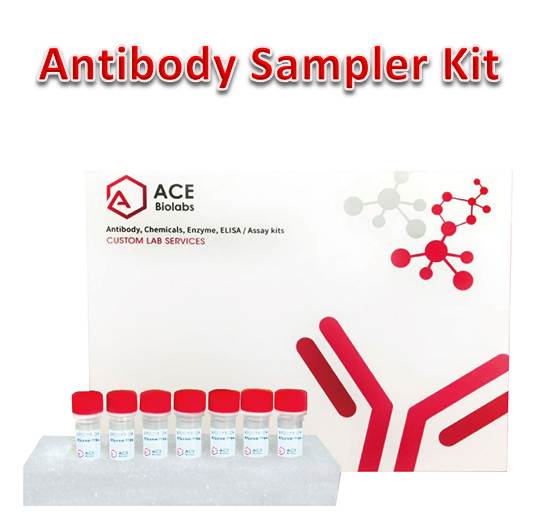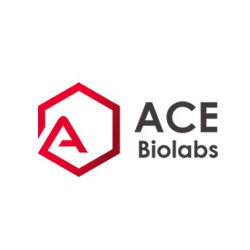Antibody, Antibody Sampler Kit
Epithelial-Mesenchymal Transition (EMT) Antibody Sampler Kit
- Catalog Number : AK0152
- Number :
-
Size:
Qty : - Price : Request Inquiry
Introduction
Epithelial-mesenchymal transition (EMT) is an essential process during development whereby epithelial cells aquire mesenchymal, fibroblast-like properties and display reduced intracellular adhesion and increased motility. This is a critical feature of normal embryonic development, which is also utilized by malignant epithelial tumors to spread beyond their origin. This tightly regulated process is associated with a number of cellular and molecular events. EMT depends on a reduction in expression of cell adhesion molecules. Cadherins mediate calcium-dependent cell-cell adhesion and play critical roles in normal tissue development. E-cadherin is considered an active suppressor of invasion and growth of many epithelial cancers. Recent studies indicate that cancer cells have up-regulated N-cadherin in addition to loss of E-cadherin. This change in cadherin expression is called the "cadherin switch" and downregulation of E-cadherin is one of the hallmarks of EMT. Tight junctions, or zonula occludens, form a continuous barrier to fluids across the epithelium and endothelium. They function in regulation of paracellular permeability and in the maintenance of cell polarity, blocking the movement of transmembrane proteins between the apical and the basolateral cell surfaces. Tight junctions are composed of claudin and occludin proteins, which join the junctions to the cytoskeleton. Zona occludens proteins ZO-1, 2, and 3 (also known as TJP 1, 2, and 3) are peripheral membrane adaptor proteins that link junctional transmembrane proteins such as occludin and claudin to the actin cytoskeleton. ZO-1 and -2 are required for tight junction formation and function; mutations in ZO-1 and Claudin induce EMT. Vimentin is an intermediate filament of mesenchymal origin and is present at early developmental stages. Vimentin's dynamic structural changes and spatial re-organization in response to extracellular stimuli helps to coordinate various signaling pathways. β-catenin is a key downstream effector in the Wnt signaling pathway. It is
General Information
| Reactivity | Human, Mouse, Rabbit |
|---|---|
| Application | WB, ELISA |
| Host | Rabbit |
| Storage instruction | Store at -20℃. Avoid freeze / thaw cycles. |
| Research topic | Epithelial-mesenchymal transition; Developmental Biology |
PRODUCT INCLUDES
|
Cat No. |
Product name |
Quantity |
Applications |
Reactivity |
Host |
|
A340700 |
Vimentin Polyclonal Antibody |
20μL |
WB, IHC, IF, ELISA |
Human |
Rabbit |
|
A340502 |
E-Cadherin Polyclonal Antibody |
20μL |
WB, IHC, IF, ELISA |
Human |
Rabbit |
|
A340602 |
N-Cadherin Polyclonal Antibody |
20μL |
WB, IHC, IF, ELISA |
Human, Mouse, Rat |
Rabbit |
|
A340484 |
Claudin 1 Polyclonal Antibody |
20μL |
WB, IHC, IF, ELISA |
Human, Mouse, Rat |
Rabbit |
|
A340470 |
Catenin beta Polyclonal Antibody |
20μL |
WB, IHC, IF, ELISA |
Human, Mouse, Rat |
Rabbit |
|
A340676 |
SNAI1 Polyclonal Antibody |
20μL |
WB, IHC, IF, ELISA |
Human, Mouse, Monkey |
Rabbit |
|
A1013s |
Goat Anti-Rabbit IgG (H+L) (peroxidase/HRP conjugated) |
120μL |
WB, ELISA |
Rabbit |
Goat |







.png)